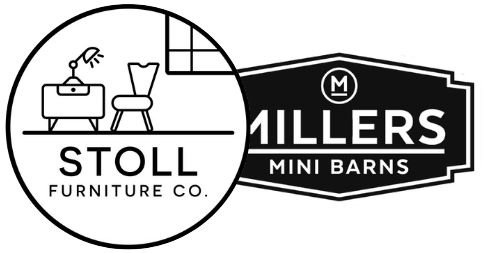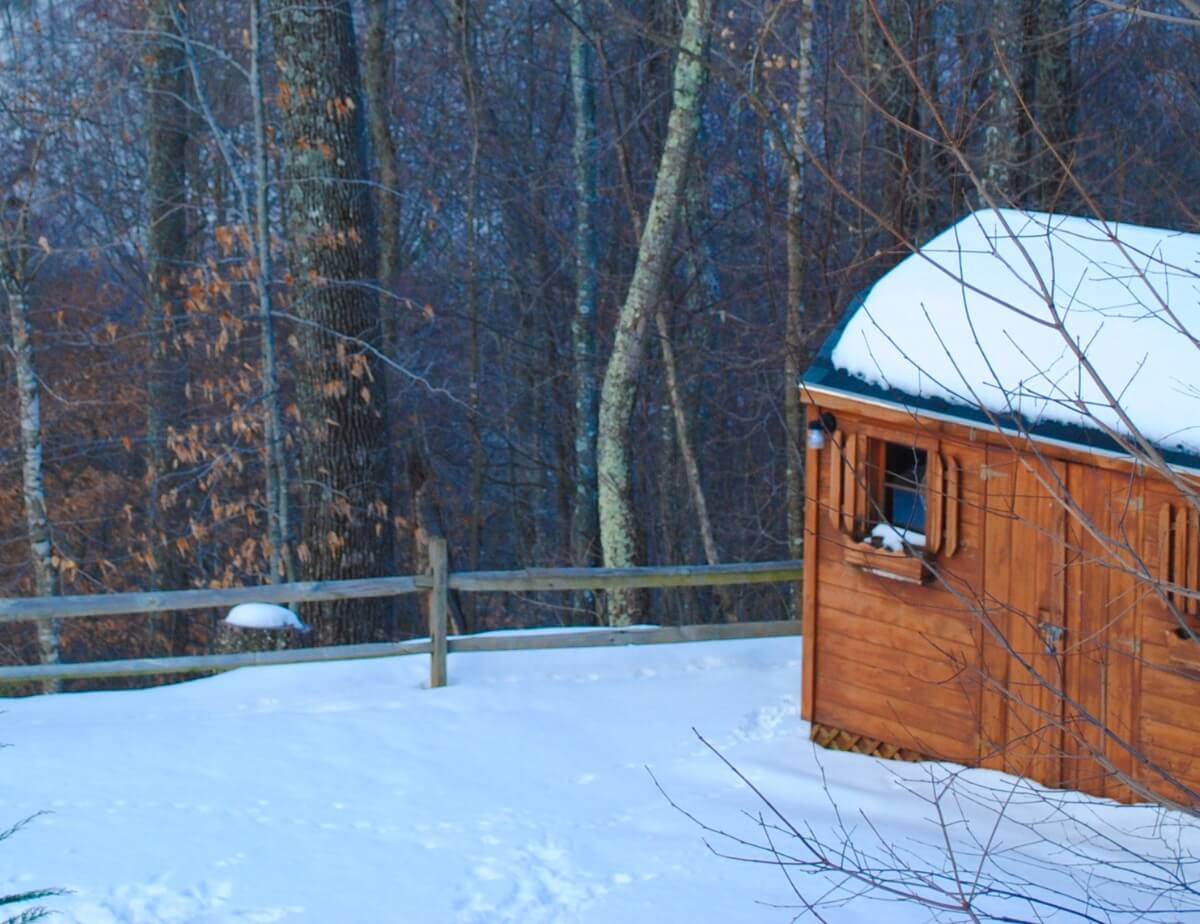Check out our winter shed heating tips for safe shed heating solutions and energy-efficient shed heating. The cold weather’s coming. Here’s our Indiana shed preparation guide:
Electric Space Heaters
Electric space heaters can be a great option for heating your shed in cold climates. However, you’ll need to carefully factor in safety in your Indiana shed winterization. Shed safety for winter months involves remaining acutely aware of potential hazards. Start by ensuring that you select a modern, energy-efficient space heater. Opt for safety features, such as tip-over protection and overheat shutoff, which can be vital for safety. Ensure that the space heater is the proper size for the amount of space you’re hoping to heat to avoid overworking the heater. Never leave an electric space heater unattended. Ensure that flammable materials are kept well away from the space heater and that the area it is in allows for proper airflow.
Radiant Floor Heating
Another option for heating your shed is radiant floor heating. Of efficient shed heating methods, and winter ready shed essentials, this option can provide comfortable and consistent warmth throughout the shed’s indoor space. When selecting a radiant floor heating system, look for a system that offers energy efficiency, and a thermostat so that you can control the amount of heat it produces. Additionally, doing some DIY shed insulation is helpful to maximize the effectiveness of such a heating system. Buying the materials and insulating your Indiana shed can go a long way to keep it warm in the winter.
Wood-Burning Stove with Proper Ventilation
Another option of heating a shed in cold climates that can provide rustic charm to your shed is a wood-burning stove that is properly ventilated. Wood-burning stoves can represent not only a fire hazard but also the hazard of carbon monoxide and indoor pollutants, so ensure such a heating system is properly ventilated. Here, Indiana winter shed maintenance is a crucial matter of safety.
Be sure to opt for a stove designed for the amount of space that you’re heating, and ensure that it has a flue system and proper ventilation to applicable standards such as any applicable local or federal building codes. Ensure that the stove and flammable materials are kept well away from one another, and use a fire-resistant hearth. As the buildup of creosote can be an extreme hazard, regularly inspect and clean the chimney to avoid buildup.
How to Safely Store Items During Winter
For winter shed storage ideas, consider how you’ll protect your items from the elements, whether you’re protecting tools in cold weather or just engaging in winter shed organization. safely storing supplies in cold weather can be an important challenge. Climate specific shed storage may involve taking into account risks such as moisture.
Elevate Items Off the Floor
Keeping items dry can be another part of cold weather shed protection. Avoid storing items directly on the floor of your shed. When possible, utilize shelving or pallets to keep them off the floor to mitigate the risk of damage from moisture or flooding when winterizing your Indiana shed. Additionally, elevating items can enhance airflow and help keep the interior temperature more stable.
Invest in Sealed Storage Bins
Sealed storage bins can provide an additional layer of protection from the elements, even when items are stored indoors. They can reduce the risks associated with unmitigated or unexpected moisture, even if the shed fails to stay dry and warm inside.
For easy identification and later access, be sure to clearly mark bins denoting their contents, and for optimal shed organization in winter, stack them carefully to optimize storage space management.
Utilize Desiccants and Moisture Absorbers
Finally, make use of moisture-mitigating technologies, such as desiccants and moisture absorbers. Placing desiccant packs or moisture absorbers in storage containers can help you control the humidity and moisture, enabling you to more effectively protect your items from damage. This can help prevent the growth of harmful pathogens such as mold or mildew as well.
Additional Considerations
Each shed is unique in terms of the uses one may have for it, and its intended capabilities. Remember that it’s crucial to walk the line between preserving stored goods and creating a safe and comfortable environment. When in doubt, consult with a building safety expert.
Find a Millers Mini Barn Shed to Keep you Warm this Winter


